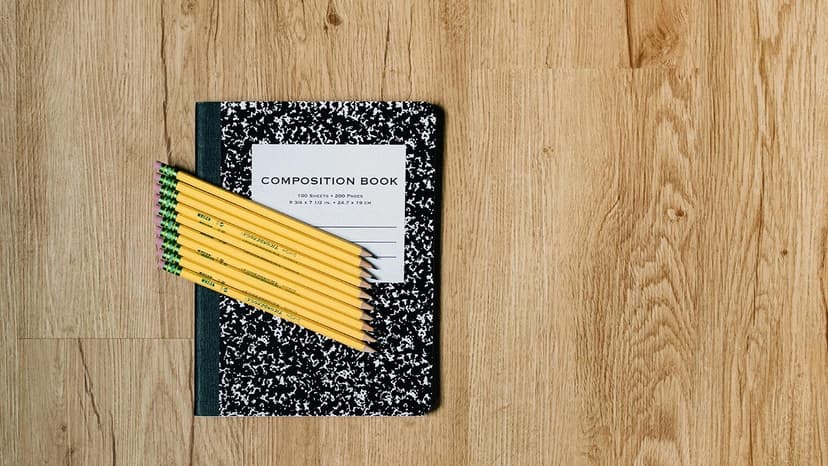How Can You Use an Abacus?
The abacus, a fascinating tool that dates back thousands of years, serves as a manual counting device. Whether you're a student, a teacher, or someone eager to learn a unique skill, using an abacus can enhance your ability to perform basic arithmetic calculations. This article will guide you through the steps to effectively operate this ancient yet powerful tool.
What Is an Abacus?
An abacus is a counting frame, typically made of wood or plastic, with beads that slide along rods. Each rod represents a different place value, such as units, tens, hundreds, and so forth. The arrangement of the beads allows users to perform various calculations by manipulating the beads up and down.
When you learn to use an abacus, you're not just picking up a new skill; you're also tapping into a method that has supported mathematicians and merchants for centuries. Many cultures, including the Chinese, Japanese, and Middle Eastern, have contributed to the development of various designs and techniques for using the abacus.
How Do You Get Started with an Abacus?
To begin mastering the abacus, you'll first need to familiarize yourself with its basic structure:
-
Structure: Most abacuses have rods and beads. The common structure consists of two sections: the upper section with 2 beads and the lower section with 5 beads per rod. Each upper bead represents five, while the lower beads represent one.
-
Orientation: Hold the abacus with the rods vertical. Each rod is designated for a different number place (units, tens, hundreds).
Preparing Your Abacus
Before you begin calculations, start with your abacus in the neutral position:
- Reset the beads so that all the lower beads are touching the rod, and the upper beads are pushed up away from it.
- This will represent the number zero.
Learning Basic Operations
The primary arithmetic operations you'll perform with the abacus are addition, subtraction, multiplication, and division. Let's break these down:
How Do You Add Numbers on an Abacus?
To add numbers, you will move beads on the rods to represent the total:
-
Start with a number: Assume you want to add 7. Slide down 2 beads from the upper section (5) and 2 beads from the lower section (2).
-
Continuing with another number: If you wish to add 5 to this current total, slide down 1 bead from the upper section (5) and none from the lower. Your total now shows 12.
-
Keep track of numbers: Each time you add, ensure that the rods represent the correct place values as you check your work by recalculating.
What About Subtraction?
Subtraction is simply the reverse of addition:
-
Starting position: Begin with the sum you have on the abacus. To subtract 3 from 12, slide up 3 lower beads (1 for each unit).
-
Check for borrowing: If you need to subtract from a larger number, you may need to borrow from the next rod. Practice with different scenarios to feel confident.
Can You Multiply Using an Abacus?
Multiplication can seem challenging, but it's doable with practice:
-
Use addition: Break down the multiplication into additive steps. For instance, to multiply 4 by 3, you could add 4 three times.
-
Rearranging beads: You can also consider using a table or separate sections of the abacus to track these multiple steps until you feel comfortable doing it in one go.
How Do You Divide Numbers?
Dividing can be tackled like multiplication:
-
Set the larger number: Place the dividend on the abacus and determine how many times the divisor fits into it.
-
Incrementally reduce the total while tracking the number of subtractions you perform.
Why Is the Abacus Still Relevant?
Learning to use the abacus can be beneficial for several reasons:
- Mental Skills: It sharpens mental math by encouraging visualization and manipulation of numbers.
- Cognitive Development: It promotes brain development in children by enhancing spatial awareness and problem-solving skills.
- Cultural Appreciation: Understanding the abacus connects you to the rich history and culture surrounding mathematics across civilizations.
What Tips Can Help You Master the Abacus?
- Practice Regularly: Like any skill, regular practice will improve your speed and accuracy.
- Start Simple: Begin with smaller numbers and basic operations before moving on to more complex calculations.
- Use Flashcards: Create flashcards with addition, subtraction, multiplication, and division problems to practice in a structured way.
- Find Resources: Look for online tutorials or classes that specialize in teaching abacus skills. Websites like Abacus Master offer tools and resources for learners.
Wrap Up
Using an abacus can benefit learners of all ages. This ancient tool not only makes math engaging but also sharpens your arithmetic skills in a creative way. You may discover a newfound appreciation for numbers and the fascinating history of mathematics along your journey. So grab an abacus, start practicing, and enjoy uncovering the world of numbers at your fingertips!












